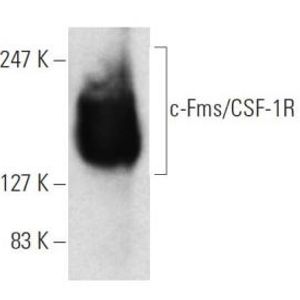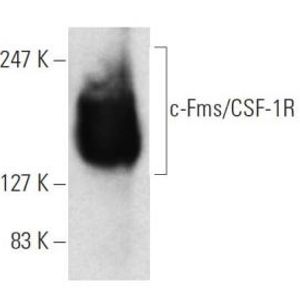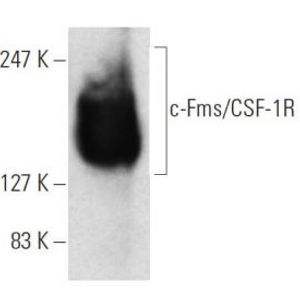WEBINARS
Our webinars allow users to learn from experts and earn continuing education credits on industry topics, progress in research, services available, and more.
Show More
-
NOV 20, 2013 | 9:00 AMThe development of CDx assays minimally requires a partnership between a pharmaceutical and a diagnostic company. It is not uncommon for the drug to be developed through an alliance of two ph...
-
NOV 20, 2013 | 8:00 AMAs the scientific evidence base for pharmacogenetics continues to expand, the use of such information in clinical management and drug development will be in demand. The FDA advises that the...
-
NOV 14, 2013 | 9:00 AMReliable data from multiple sources, including the 2010-11 Allina study of 13,500 health care employees, demonstrates that at least 30-60% of North Americans are vitamin D deficient and that...
-
The NCI's Therapeutically Applicable Research to Generate Effective Treatments (TARGET) is a comprehensive genomic characterization initiative to determine the molecular changes that drive th...
Molecular chaperones help nascent polypeptides fold correctly and multimeric protein complexes assemble productively, while minimizing the danger of aggregation in the protein-rich intracellu...
OCT 17, 2013 | 3:00 PM
C.E. CREDITS
Although genome-wide association studies (GWAS) have identified many single nucleotide polymorphisms (SNPs) associated with cancer, the contribution to risk of these variants is small, rende...
OCT 17, 2013 | 2:00 PM
Copy number variation, a major cause of structural variation in the genome, plays an important role in human disease. Determination of copy number variation requires both precision and accura...
OCT 17, 2013 | 2:00 PM
C.E. CREDITS
Pancreatic cancer is the 4th most common cause of cancer deaths in the United States. Due to the aggressive nature of this cancer and the lack of biomarkers for early detection, the incidence...
OCT 17, 2013 | 1:00 PM
C.E. CREDITS
Invading cancer cells leave the tumor to form distant metastases and are ultimately responsible for 90% of deaths in cancer. Reducing the ability of cancer cells to invade and metastasize cou...
OCT 17, 2013 | 12:00 PM
C.E. CREDITS
Invading cancer cells leave the tumor to form distant metastases and are ultimately responsible for 90% of deaths in cancer. Reducing the ability of cancer cells to invade and metastasize cou...
OCT 17, 2013 | 12:00 PM
The discovery of proteinaceous disease biomarkers and their clinical validation is critically important for the enablement of molecular diagnostics and ultimately, precision medicine. In spit...
OCT 17, 2013 | 12:00 PM
C.E. CREDITS
Personalized medicine is transforming biomedical research and healthcare service delivery. Disease definition, diagnosis, treatment, and prevention are being fundamentally altered by the capa...
OCT 17, 2013 | 11:00 AM
C.E. CREDITS
Curative therapy for metastatic disease in solid malignancies remains frustratingly elusive due to the long recognized problem of tumor cell heterogeneity and emergence of treatment resistant...
OCT 17, 2013 | 10:00 AM
C.E. CREDITS
Prostate cancer epithelial cells depend on androgens for their survival. Because of this dependence, androgen deprivation therapy is the major treatment of advanced prostate cancer. Such ther...
OCT 17, 2013 | 9:00 AM
DNASTAR offers an integrated suite of software for assembling and analyzing data from all major next-generation sequencing platforms. The software supports a variety of reference guided and d...
OCT 17, 2013 | 9:00 AM
C.E. CREDITS
Cancer metastases develop when tumor cells known as circulating tumor cells (CTCs) are shed from a tumor, circulate through the blood stream and colonize a distant tissue. The number of CTCs...
Many drugs currently used for anti-cancer therapy demonstrate significant inter-individual variability that cannot be normalized using body weight or body surface area. There is an increasing...
OCT 17, 2013 | 8:00 AM
C.E. CREDITS
Developments in DNA sequencing technology have provided a unique opportunity for diagnosis and discovery of genetic alterations for rare diseases. Partnering with 20 academic centers in the U...
Recent data have confirmed the ability of cardiac troponin (cTn) measurements to identify those who are developing cardiotoxicity in response to potentially cardiotoxic chemotherapeutic agen...





























































